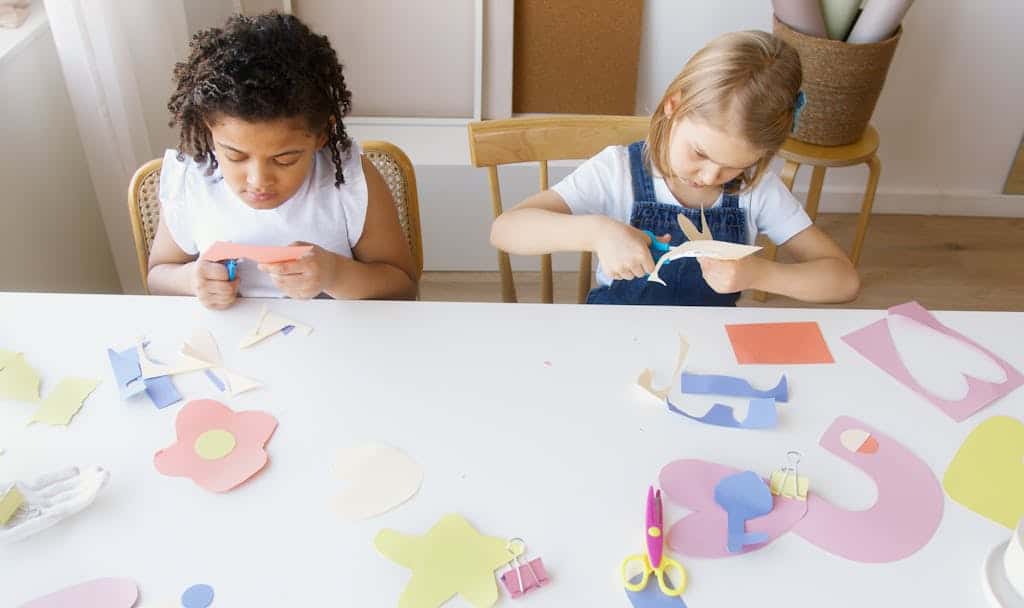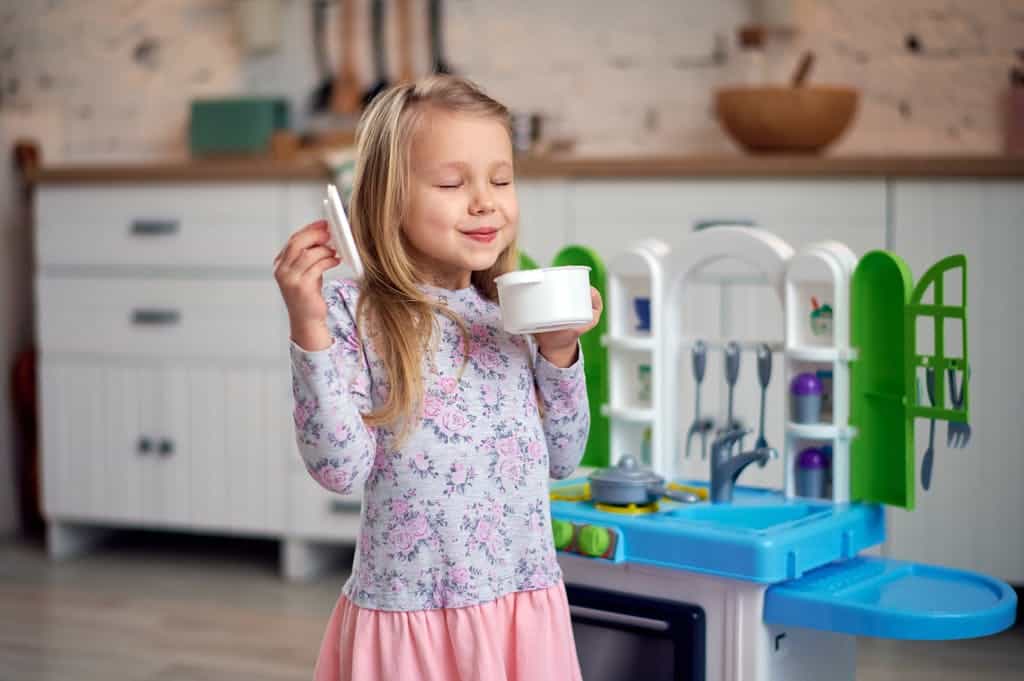How to Turn Your Dining Room into a Functional Playroom
If you’ve ever looked at your dining room and thought, “We barely use this space—what else could we do with it?”
Play. Learn. Thrive.™ only endorses products we authentically love and use. Some of the product links in this post may be affiliate links. That means that if you click them and make a purchase, this site makes a commission. Play. Learn. Thrive.™ is also an Amazon Associate. As an Amazon Associate, we earn from qualifying purchases. It will have no impact on the price you pay or the experience of your purchase.
Well, you’re not alone. Many parents are rethinking the traditional layout of their homes to better meet their family's real needs—especially when space is limited.
And one of the smartest, most functional transformations? Turning your dining room into a playroom.
Not only does it make better use of square footage, but it also gives your kids a dedicated space to play, explore, and build independence—all within your line of sight. Whether you’re homeschooling, working from home, or just want to cut back on the toy takeover in the living room, this kind of setup can be a total game-changer.

Why a Dining Room Playroom Combo Works
- It’s typically close to the kitchen, which helps younger kids feel more comfortable playing independently.
- You’re not sacrificing an entire room just for toys—it’s still a functional dining space.
- It encourages more consistent, hands-on, screen-free play in a part of the home that feels central and welcoming.
Ready to make the shift? Here’s how to design a dining room playroom combo that actually works—for both you and your kids.
8 Tips for Turning Your Dining Room into a Kid-Friendly Playroom
1. Ditch the Bulky, Non-Essential Furniture
Start by removing anything that’s oversized or not being used. The simpler the layout, the more open and inviting the space will feel. Kids are naturally drawn to clean, organized areas where play feels possible—not chaotic.
2. Choose Double-Duty Pieces
Look for ways your furniture can serve more than one purpose. A sturdy dining table can become an art station, a LEGO lab, or even a nature-inspired sensory setup with the right storage and setup. Add open shelving that keeps toys accessible on lower levels and dining essentials up high.
3. Purge the Toy Clutter
Want your kids to actually play? Cut the clutter. In most homes, 50% of the toy stash can go without anyone noticing. Fewer toys = more focused, independent play. Want help getting started? Grab our 50 Screen-Free Learning Activities guide for simple, intentional ways to replace screen time with meaningful play.
4. Use Vertical Space
Add shelves for books or bins and install a chalkboard or dry erase wall for creativity. You can even tie a sheet over the table to create a cozy under-table hammock or reading nook.
5. Incorporate Movement
A foldable climbing ladder, stepping stones, or even a swing (yes, inside!) can make this space more inviting for active kids. Gross motor play is essential—especially in homes where outdoor time is limited.
6. Keep It Light & Bright
Remove heavy window treatments and opt for a light, calming paint color—white, soft green, or pale blue work well. Natural light instantly makes a room more inviting and calming.
7. Add a Kid-Friendly Rug
This helps define the play area and makes floor time more comfortable—something that’s vital for young children’s physical development. Just make sure the rug fits your lifestyle. If the room doubles as a dining space, consider a washable option like Ruggable.
8. Reconsider Storage Bins
If you’ve got bins overflowing with toys that haven’t seen daylight in years—it’s time. You don’t need more storage. You need less stuff. The goal is simplicity and function, not hiding excess.

50 Simple Screen-Free Learning Activities for Curious Kids
These 50 hands-on activities help children develop problem-solving skills, creativity, and real-world knowledge—without needing a screen. Designed to encourage self-directed play, hands-on discovery, and deep learning, this guide gives you a simple way to turn everyday moments into powerful learning opportunities.
Design Tips Based on Your Family’s Needs
Before you dive into the makeover, ask yourself:
What type of play do your kids love?
Are they into imaginative play (dollhouses, figurines), gross motor activities, building, art, or books? Prioritize those interests first. You don’t need a bit of everything—just the right things.
How much space do you really have?
A small space benefits from a curated toy selection. Choose open-ended toys that grow with your kids and serve multiple purposes. And don’t forget, less is more.
How often do you eat in the dining room?
If you’re using it only for holidays or guests, go bold with open toy storage. If it’s a daily eating space, opt for more visually streamlined options like low cabinets or closed bins to reduce visual clutter.
A Playroom That Encourages Independent Play (and Less Screen Time)
One of the most common questions I get from parents is: “How do I get my kids to play independently without constantly asking for screens?”
The answer often starts with creating a designated play space that feels safe, accessible, and inviting. When kids know they have a spot that’s just for them, they’re more likely to engage—especially when it’s right near where you’re spending your time (like the kitchen).
If you’re looking for even more ideas to keep kids busy without screens, be sure to check out our 50 Screen-Free Learning Activities. These are simple, developmentally appropriate, and perfect for smaller spaces—many require little more than what you already have at home.
Transform Your Family’s Screen Habits

Are digital devices dominating your family interactions? It's time for a change. Our Family Reset Mini-Course offers practical, manageable steps to significantly reduce screen time while enhancing your family's connection.
Make It Work for Your Life, Not Instagram
Your dining room playroom combo doesn’t have to be Pinterest-perfect. It just needs to work for your real life.
Forget the comparison game. Think about what your kids actually need, what you actually use, and how your home can best support this season of parenting.
Because when your space is set up for connection, exploration, and creativity—your kids thrive. And so do you.
